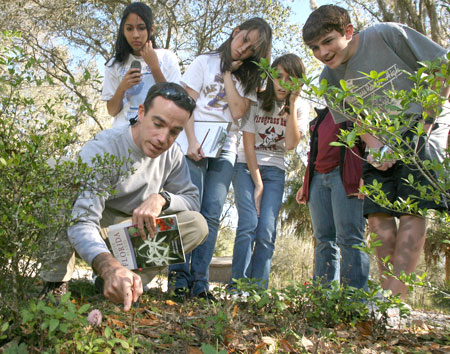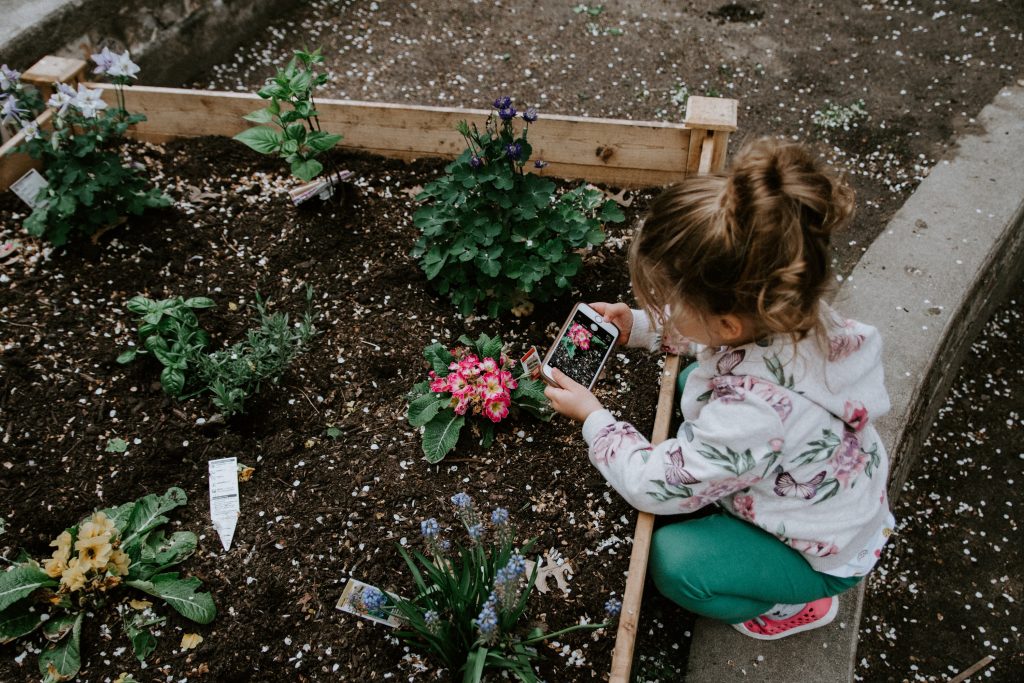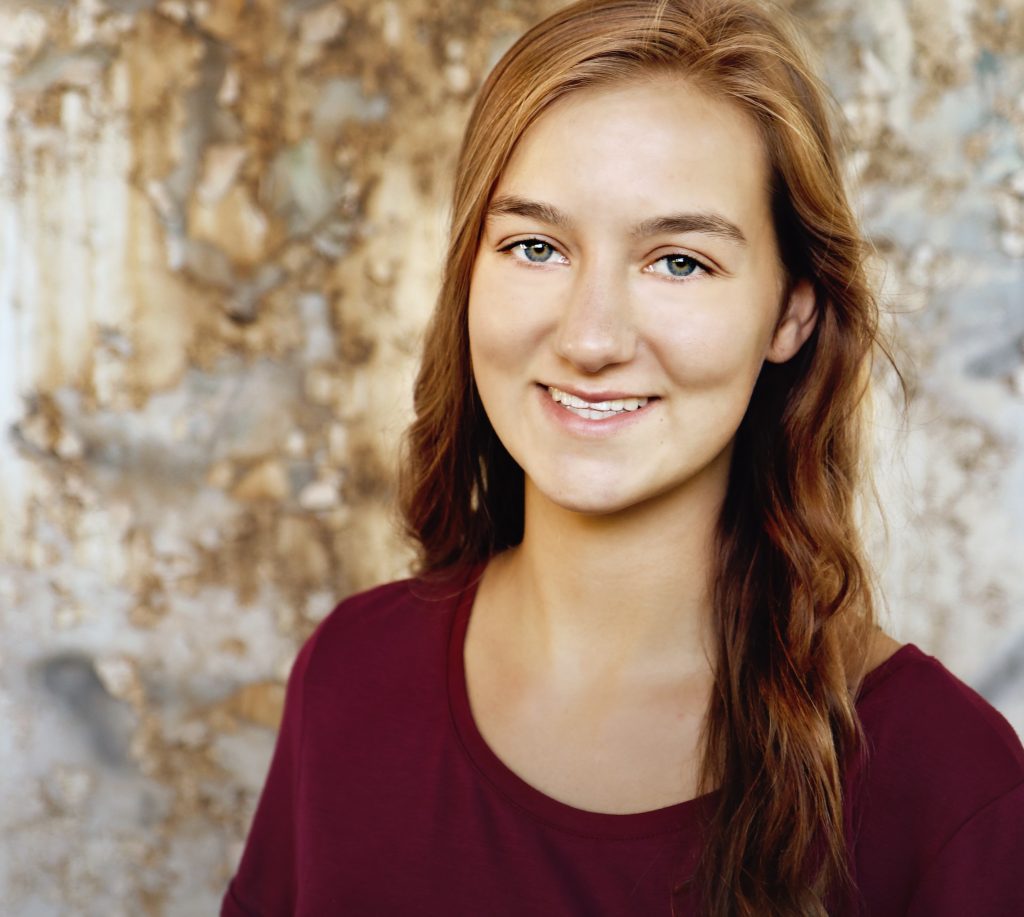Keep Students Engaged & Inspired through Project-based learning

When your kids start rambling on about how to play their favorite video game, how many breeds of dogs there are and where they come from, or the nuances of the Harry Potter stories you can be sure of one thing – they are engaged with those activities. And this engagement is one of the keys to learning that sticks (and that they can go on, and on, and on… about).
Unfortunately, academic subjects tend to get short shrift in kids’ engagement category and often are relegated to the dreaded “you need to buckle down and learn this”. Part of the reason for this is that academic subjects can seem to have no relevance to everyday life when they are taught in isolation, as independent subjects. One hour you might be learning addition, then the next hour you move onto geography of distant places, and then you round out the morning with some stories. Each subject isolated from the others as independent units, and easily forgotten once leaving the school walls.
Fortunately, there is another way….
What exactly is project-based learning?
Project-based learning is an interdisciplinary, hands-on approach to learning. At Mountain Community School we go one step further to build engagement – first focusing on projects that are local and close at hand – then expanding outward to provide a global perspective. Students make connections not only between subjects, but also to the local and regional communities they belong to.
At a glance, students select topics, core subjects are interwoven into these projects, and an emphasis on design thinking provides structure to problem-solving. Students are ready to make a difference in their community – this gives them a framework and empowers them to actually do it!
Start With A Question

Instead of a subject area, learning starts with a question or problem. Questions range from simple to complicated but are always ideas students can observe and think about here and now. For example,
- What makes a hero and who are heroes in our community?
- Why does a hula hoop not fall down when you spin it?Why is the moon big sometimes and small other times?
- How does a yurt stand up?
- Where do the animals go when houses are built here?
At MCS, our learning is student-directed, so projects begin with what students want to know more about, challenges they see that need solving, or something timely occurring in the community. The teacher then expands on the idea and tosses it back to the students. They have other ideas, and so forth until a question is arrived at that can form the basis of a project. An ideal project has sufficient engagement from the student body and enough depth to create a rigorous learning experience.
Learning is Integrated – and Meaningful
Once a problem or question is identified, the teachers guide the students in investigating the issue, pulling in science, history, math and english along the way. In this way, core skills learned during math/writing time are clearly integrated with a tangible project, rather than taught only in isolation. Community members are invited into the classroom to serve as experts or to bring the class to their workplace – so the topic is connected to the real world.
Some projects are class projects that incorporate all subjects, while others are personal or small group projects. Students can choose their own personal projects based on their interests, a bit like electives but with no limit. Students, with teacher guidance, are responsible to track their own progress towards their learning goals, including what is needed for the growth of the project. Since students help to decide on a project and are also involved with all steps throughout, they are taking an active role in being responsible for their education, empowering them to be more engaged, involved, and excited about what they are learning.
At the end of the project, students share their findings with the wider community. This could take a number of different forms, and could vary depending on the children involved.
To see what this looks like altogether, here’s an example:
What A Project Looks Like
A project might start with the question: which area is better suited for our school garden, the meadow or forest?
Students then learn about ecosystems, gardening, and what seeds need to grow. They calculate space needed, amount of sunlight, preferred varieties to grow in the area and cost of seeds and materials relative to the budget available. Literature and art can provide cultural context for why we garden or the history of this activity. Local gardening experts can be brought in or students might visit local gardens as examples. Maybe the garden is extended to people living in the neighboring employee housing as a community garden, offering the opportunity to learn about local food sources. The project could take multiple directions, depending on the interests, age, and capability of the children involved.

The end of this project might involve a combination of ways for students to share their learning: the building of the garden, written or oral presentations of findings, art pieces that represent the learning along with an artist statement, a local advocacy movement to get people involved in the garden, or a community meal with food grown in the garden. Each child has the opportunity to express his/her learning in a way that is meaningful to them and highlights the skills and knowledge gained through the project.
Life-Long Learning
One of my favorite parts of project-based learning is the level of engagement shown by the students involved. Years later, students look back and remember their favorite projects and the impact the project had. There is room for every student to find a part of the process that really strikes their interest and draws connection to the topic. And along the way, the students learn a great deal about themselves – how they learn best, how they work with others, and what they are interested in and do well.

This level of engagement and self knowledge moves forward into whatever project the student decides to tackle next – be it the next school or scout project, going to college, learning a trade, taking on a business opportunity, or finding solutions to challenges facing our local community. And that is one of the best gifts education can offer.
To view more of what a project looks like, see projects done by other schools using our model – visit the Teton Science School network https://www.tetonscience.org/projects/
